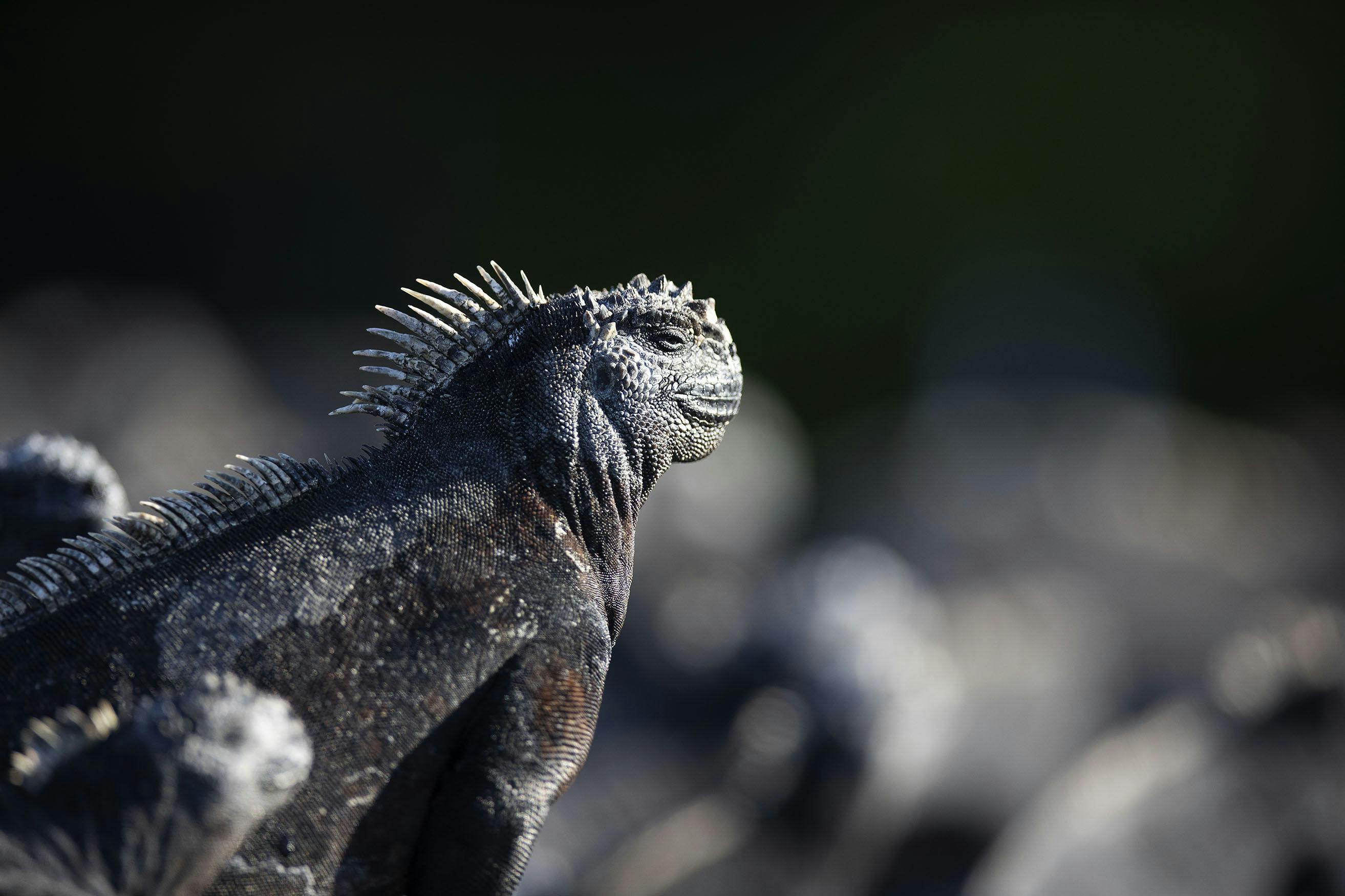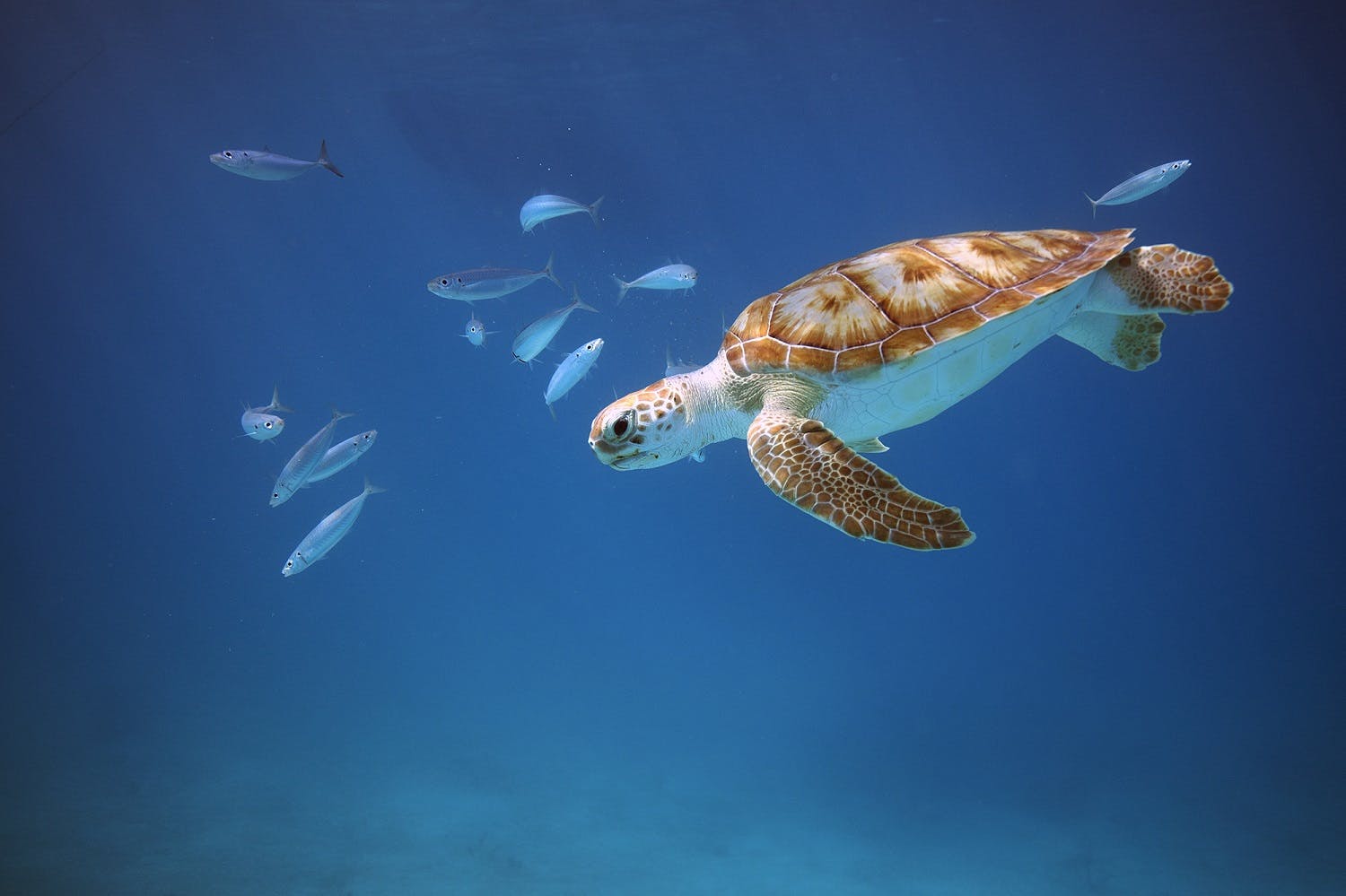Far from Clumsy Lizards: Five Fascinating Marine Iguana Facts
As I’m clambering along a rocky coastline in the Galápagos Islands, there is plenty of wildlife catching my attention. Consider the technicolor Sally lightfoot crabs, for instance, scurrying between boulders. Suddenly, the black lava rocks seem to come alive; not with movement, but with thin volleys of saltwater shooting straight into the air like an erratic fountain. Quickly I realize the display isn’t water coming directly from the surrounding sea, but from marine iguanas blending into the jagged volcanic rock that characterizes these remarkable islands. Read on for some marine iguana facts.
This lizard species, which is endemic to the Galápagos Islands, is one of the highlights of a Silversea cruise, visiting the place that inspired Charles Darwin’s theory of natural selection. While Darwin wasn’t very kind when describing these prehistoric-like creatures, labeling them “hideous-looking, most disgusting clumsy lizards,” witnessing these specially-evolved iguanas makes it easy to see why he drew his scientific conclusions. A Silversea cruise to this famous South American archipelago is the perfect way to get up close and personal with marine iguanas; here are some interesting marine iguana facts and a few things to understand about these incomparable creatures.
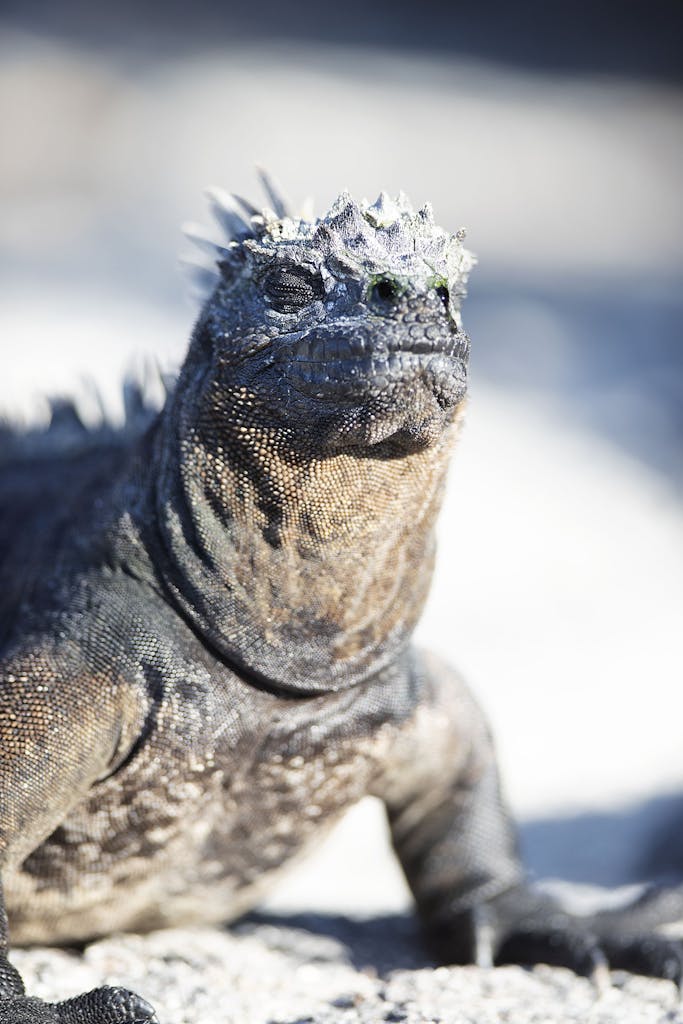
1. Their snouts are highly effective desalination plants
The marine iguana in the Galápagos Islands isn’t aggressively blowing its nose just for fun, nor is it shooting out poison, as early visitors believed. They’re clearing the salt that accumulates in their bodies when diving for food. “Marine iguanas are amazing in their adaptations,” says naturalist guide Gilda Gonzalez, who has worked in the Galápagos since 1996. “Iguanas have these salt glands above their eyes, which are connected with the nostrils. When they’re full of this salt-saturated liquid, iguanas snort the excess salt.”
This quality is an excellent example of adapting for survival. By having what Gonzalez calls “the most efficient desalination plant” incorporated into their bodies, marine iguanas can rely on algae from the sea for sustenance instead of competing on land. Whether you find it fascinating or foul, it’s not something you’ll witness anywhere else.
2. They are the world’s only marine lizard
Where do marine iguanas live, if not the sea? While they technically live on land, marine iguanas are highly capable in the water. “The beauty of the islands lies precisely in the fact that it is a living laboratory where animals and plants adapt to the niches available,” Gonzalez explains. In the case of the marine iguana, this meant learning how to swim for their food, as the Galápagos Islands feature very little freshwater, with several arid and barren islands in the archipelago. “The ancestors of the marine iguana found a great niche to feed off the algae by the intertidal and subtidal zone, and exploited these areas to their advantage.”

Similarly, they evolved with flattened tails due to the marine iguana habitat. These help them swim for their food, and strong lungs help them complete dives of more than 30 minutes. The salt expulsion system mentioned above is another marine adaptation, as their kidneys are no better at processing salt than the organs of humans. Nowhere else on the planet is there another iguana, or any other lizard, capable of these feats.
3. They’re incredibly social and gather in large groups
Reptiles, in general, are not known for regularly hanging out in groups. Yet visitors to the Galápagos Islands will rarely encounter a marine iguana on its own. “They will literally pile up to keep warm and protect against predators such as Galápagos hawks,” says Gonzalez, describing this unique behavior. More than 200 marine iguanas may cluster together at any given time, creating excellent opportunities for taking photos.
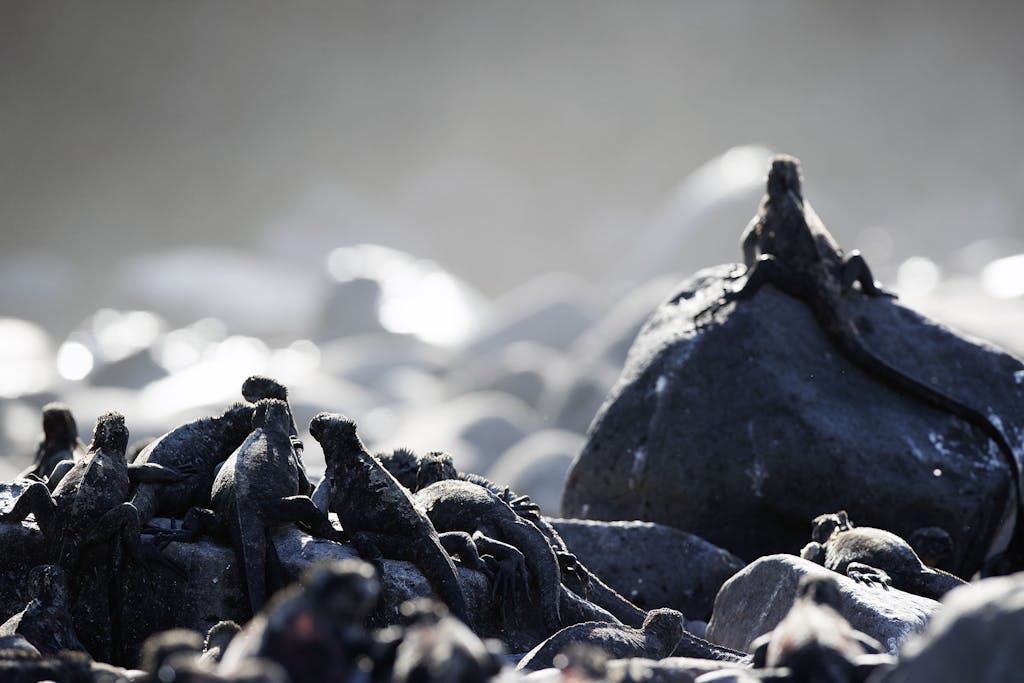
Sometimes this sociability extends to human visitors, like when an iguana swimming far from shore spotted Gonzalez and her guests in their Zodiac. “He climbed on the lap of one of our guests, then finally got off once we reached the shore, heading to the nice, warm sandy beach,” Gonzalez recalls with great amusement. Though wild animals should never be approached on most occasions, in this case, the iguana was calling the shots.
4. They have chameleon-like qualities
Not only are marine iguanas evolved to thrive specifically in the Galápagos and nowhere else, but they are also hyper-specialized to the specific islands on which they live. “Marine iguanas are generally black,” says Gonzalez, “except on Española and Floreana Islands where they are red with black, or red with green and black.” Between December and March, the mating season brings about significant changes in color for the males. On Hood Island, males turn entirely red, while back on Española, lady iguanas like a bit of green mixed in with the red, earning males the title of “Christmas Iguanas.” This wide variation in color, which can be extremely bright, makes the mating season an excellent time for photographers to visit.
Learn these five Galápagos photography tips and how to capture underwater images.
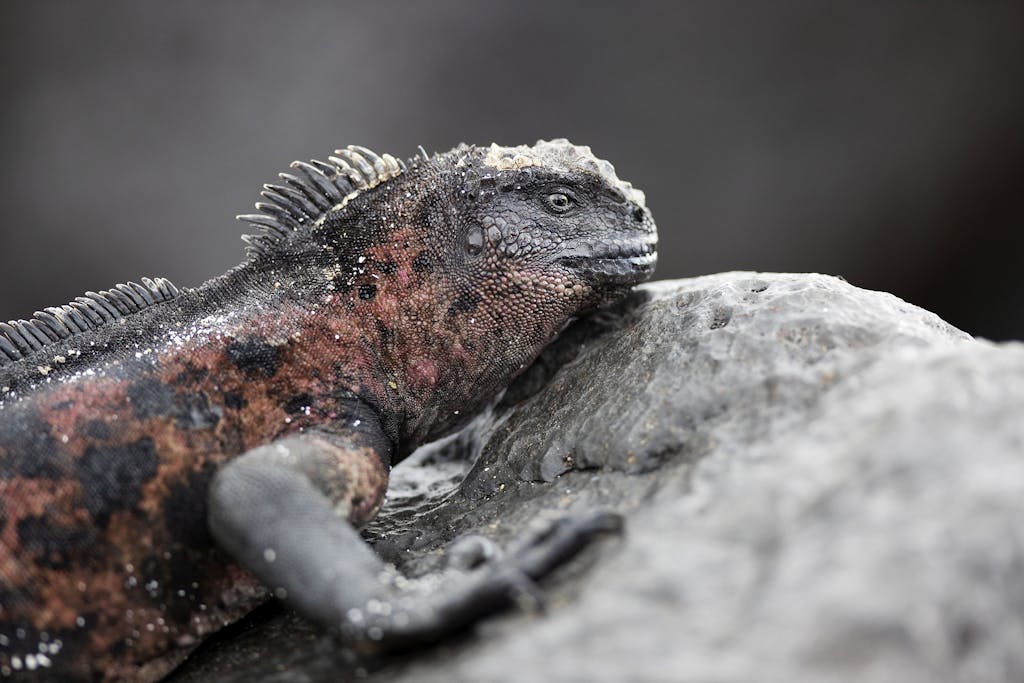
5. They are shape-shifters
It’s not just colors that change for marine iguanas; they also vary in body size and weight between the islands. Iguanas from Genovesa Island may not reach even a meter long. In the southwestern realm of Isabela Island, where the largest colonies reside, they can grow to almost two meters, a significant variation for a reptile.
Remarkably, marine iguanas can shrink their actual skeletons when they need to. “Iguanas shrink up to 20 percent of their length,” Gonzalez explains. They reduce their cartilage and bones to survive weather events like El Niño and then grow back to their original size when the skies have cleared. This creative approach to resilience is one of the reasons they’ve survived for so long in such a strange environment.
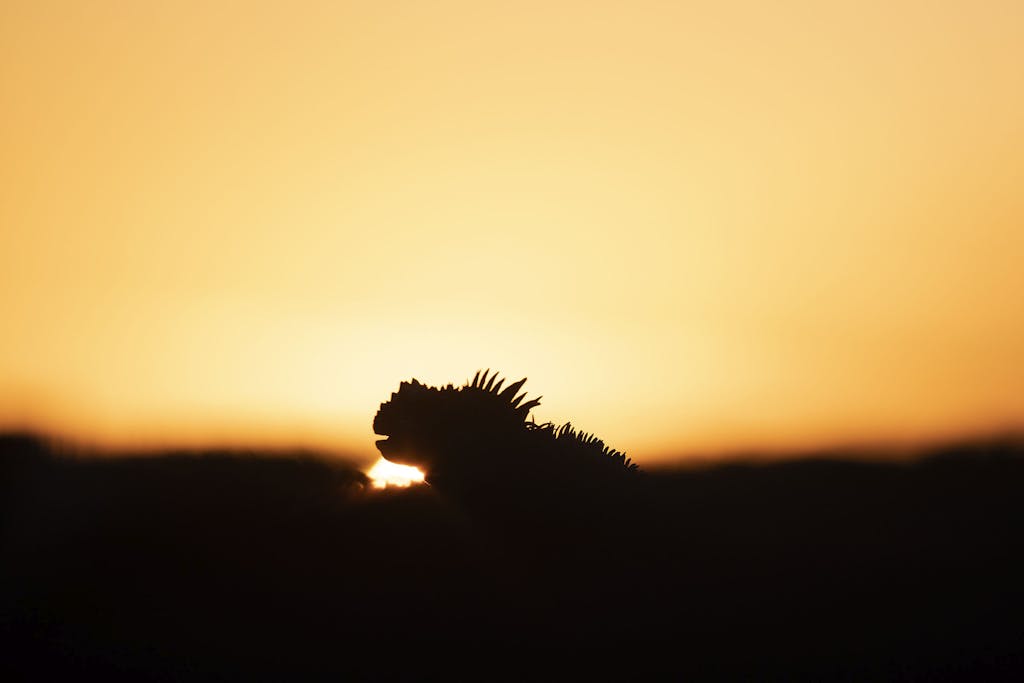
Ready to go to the Galápagos and see marine iguanas in person? Find a cruise here.



